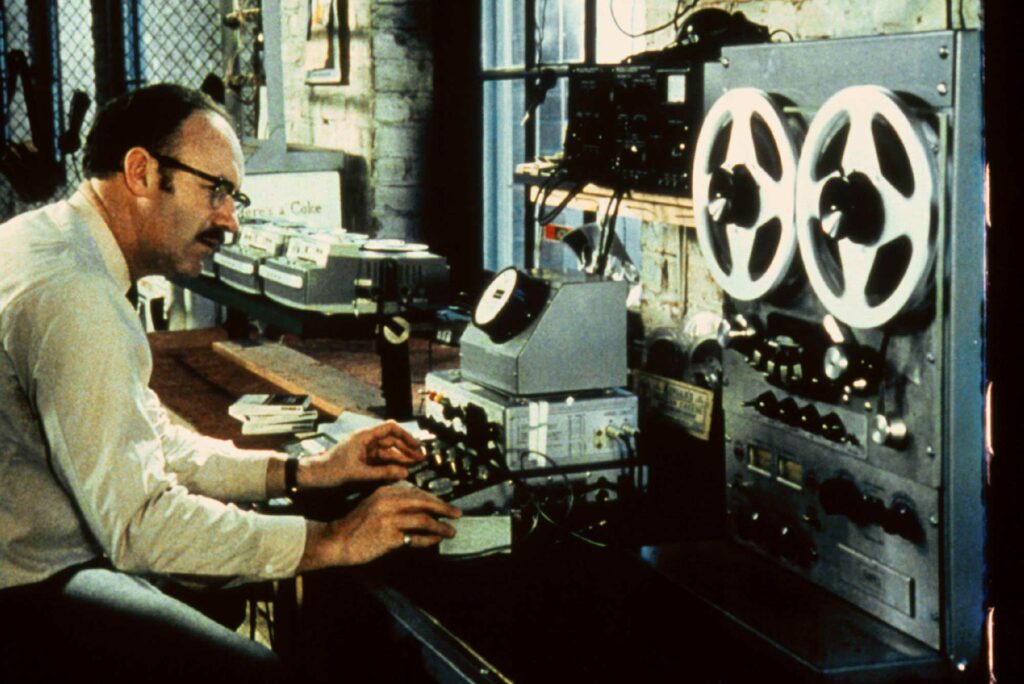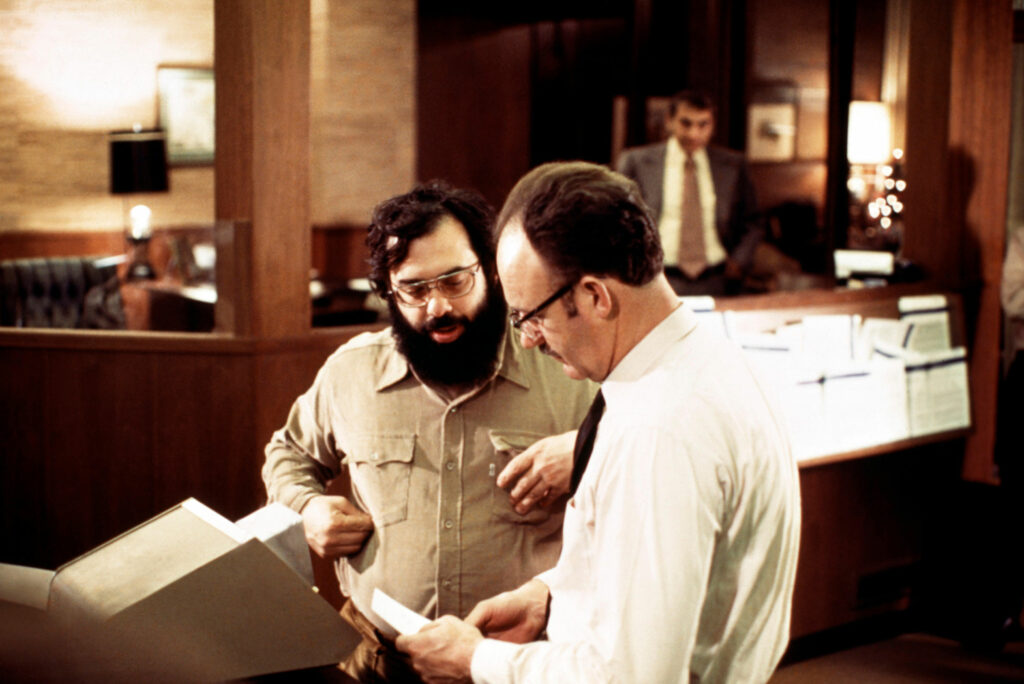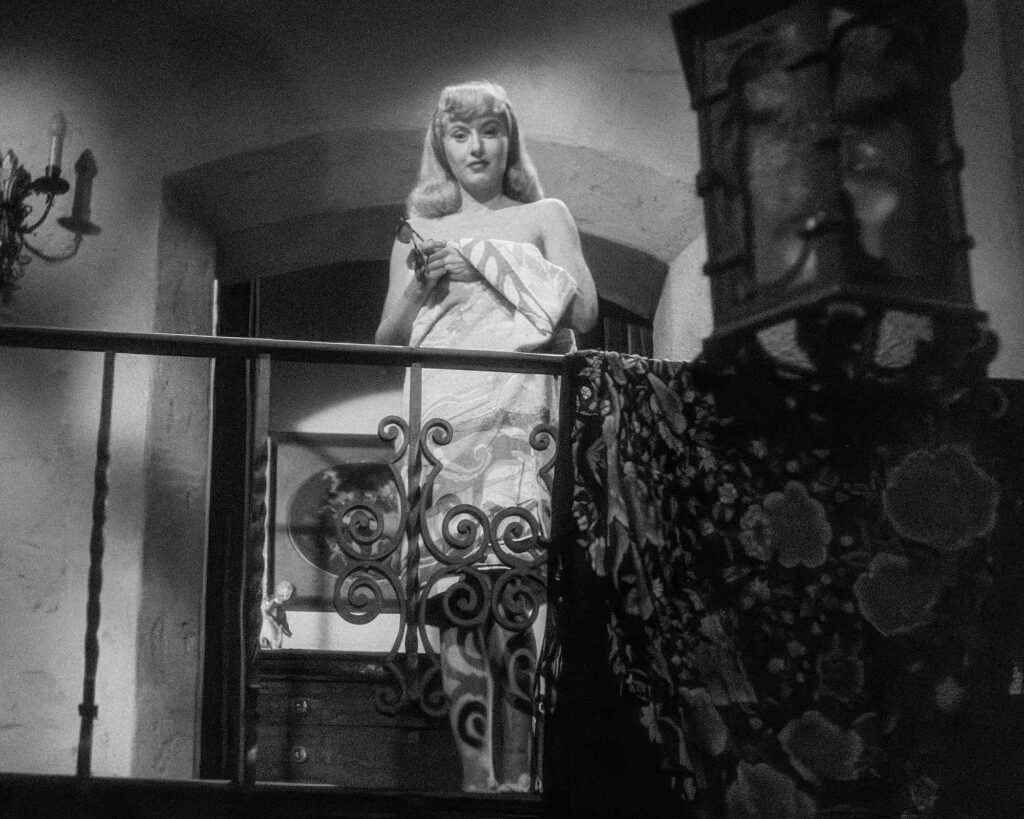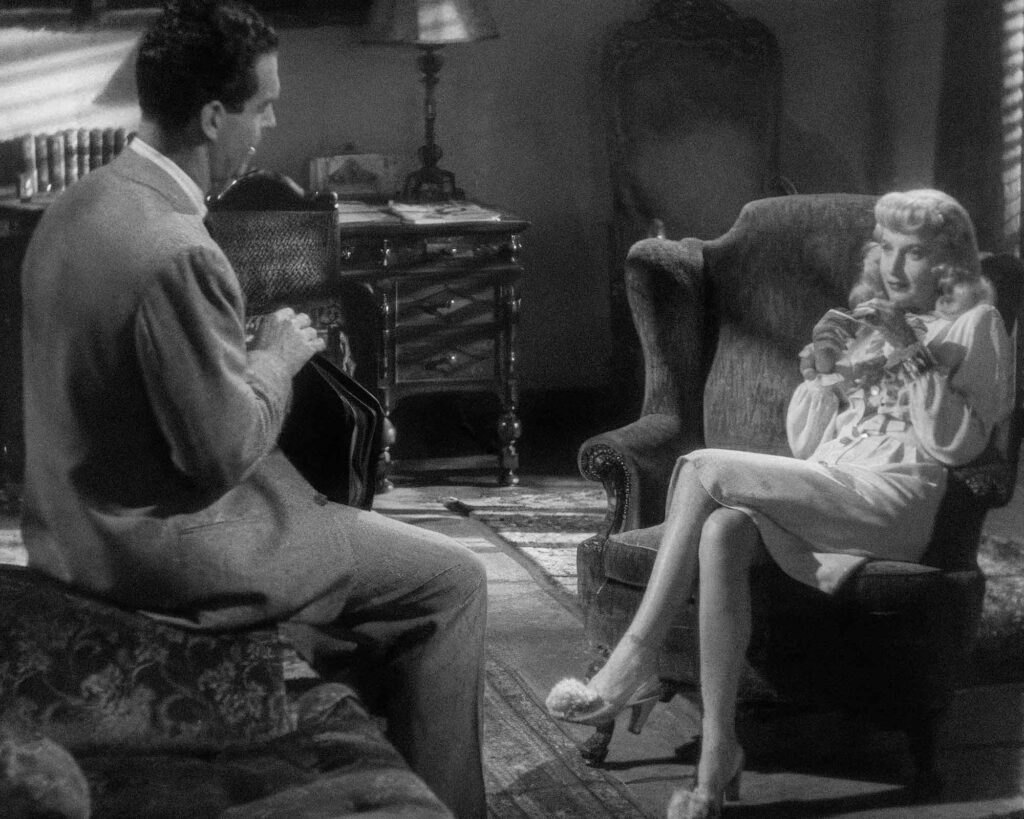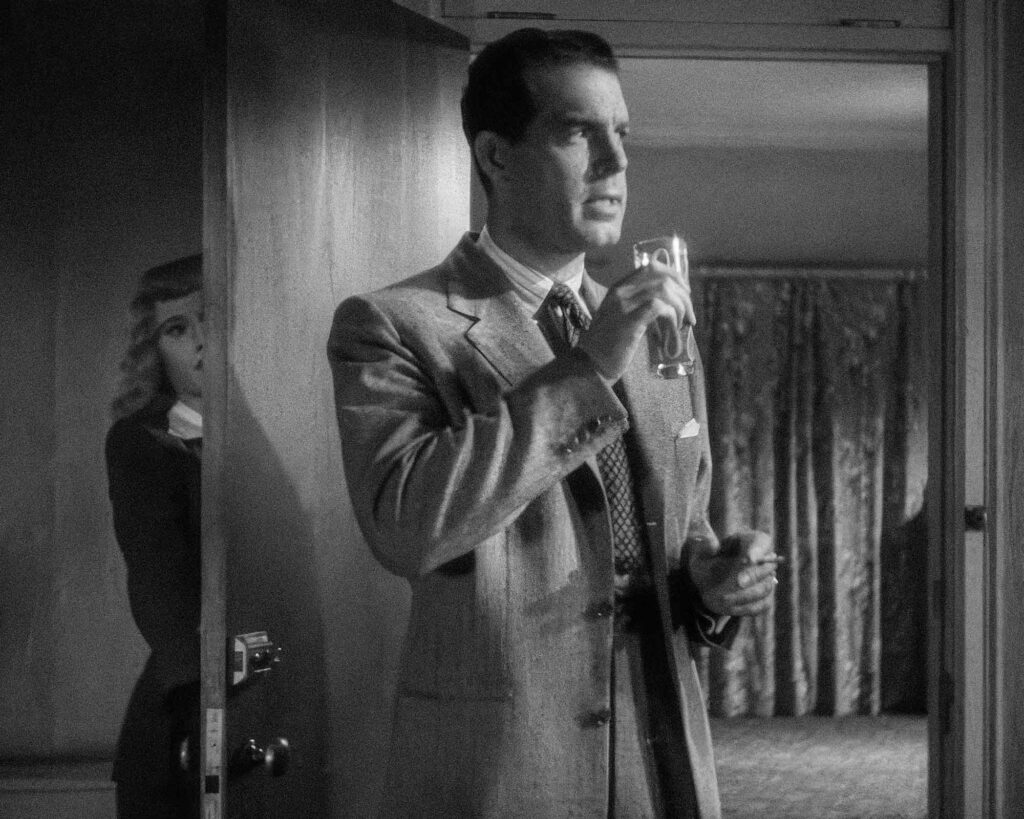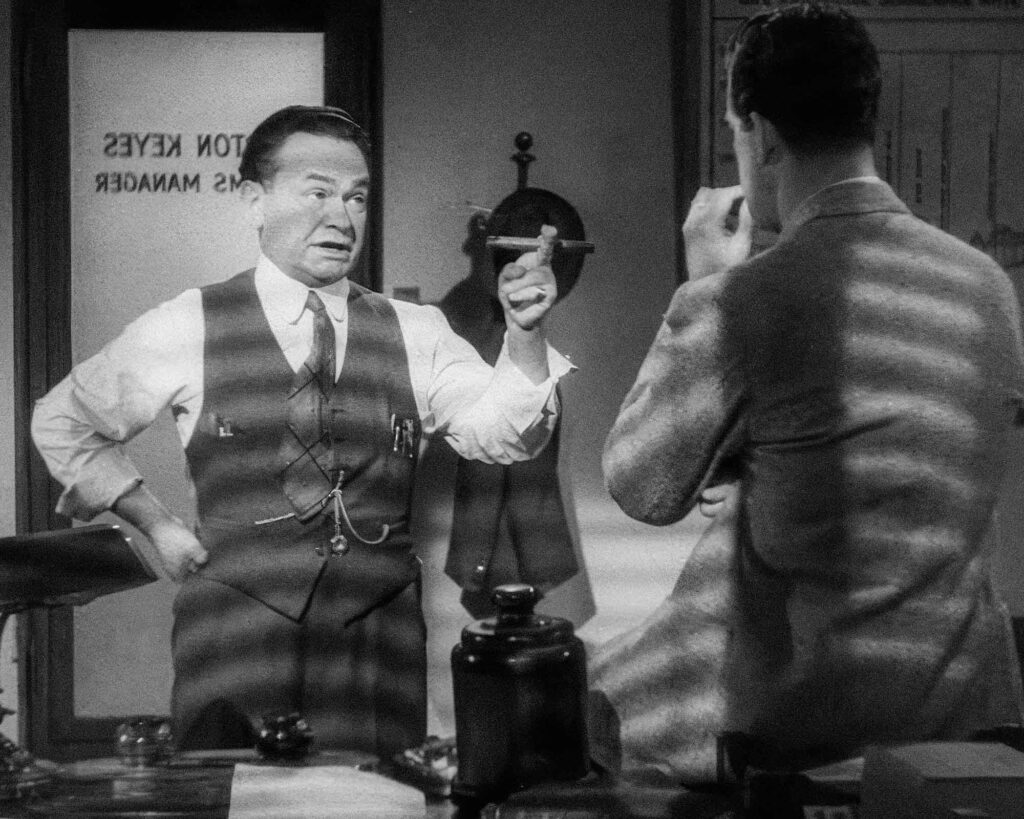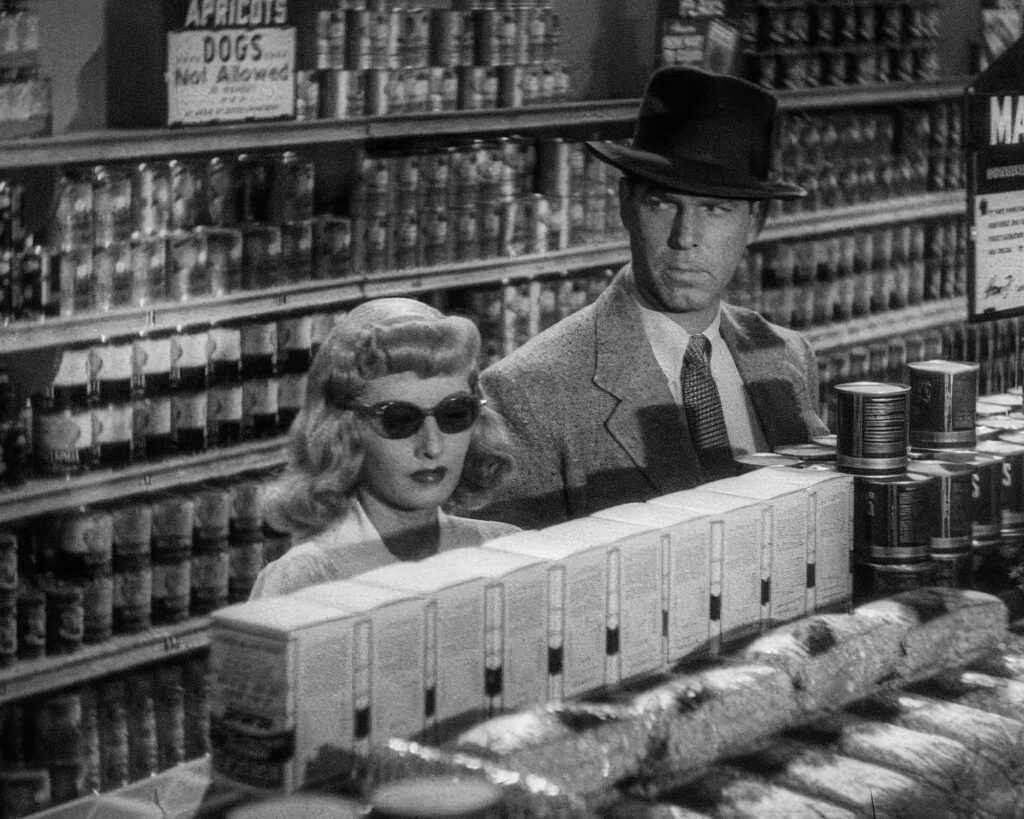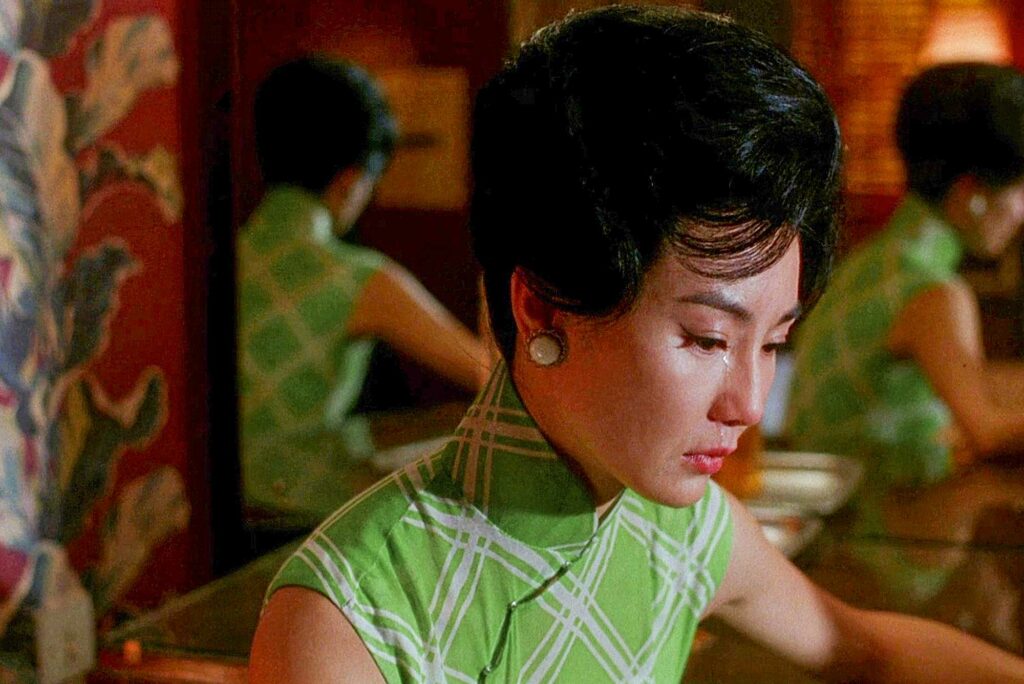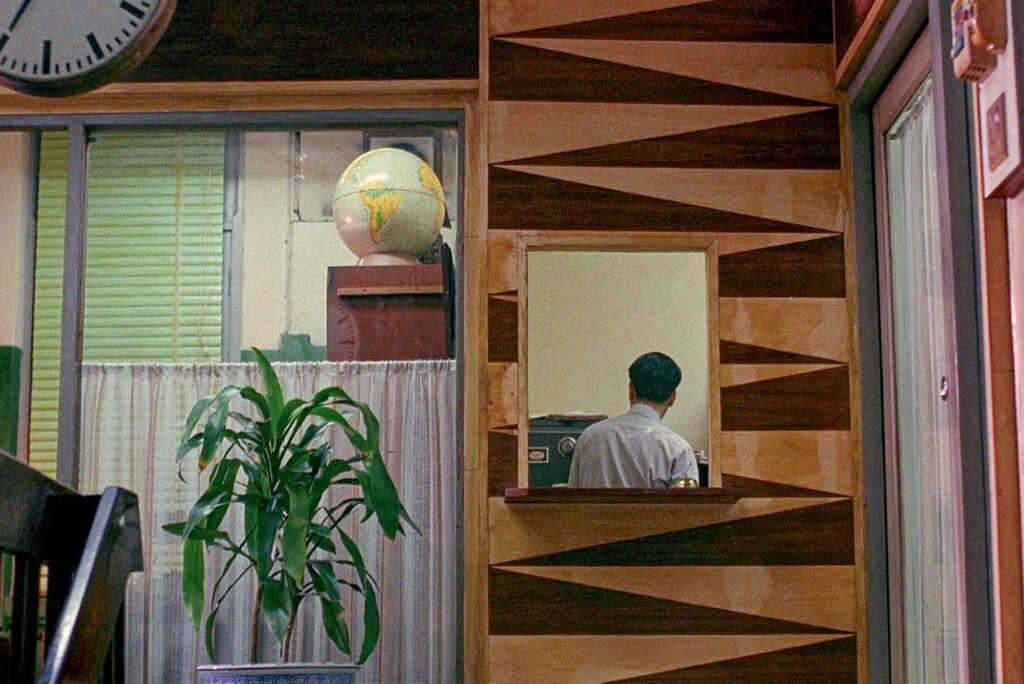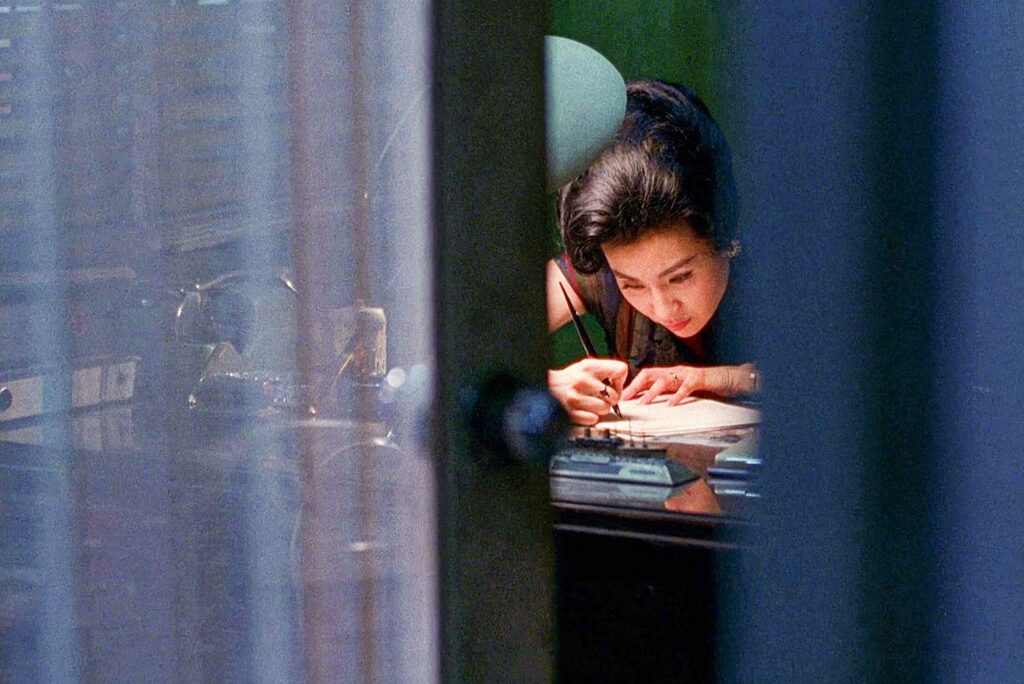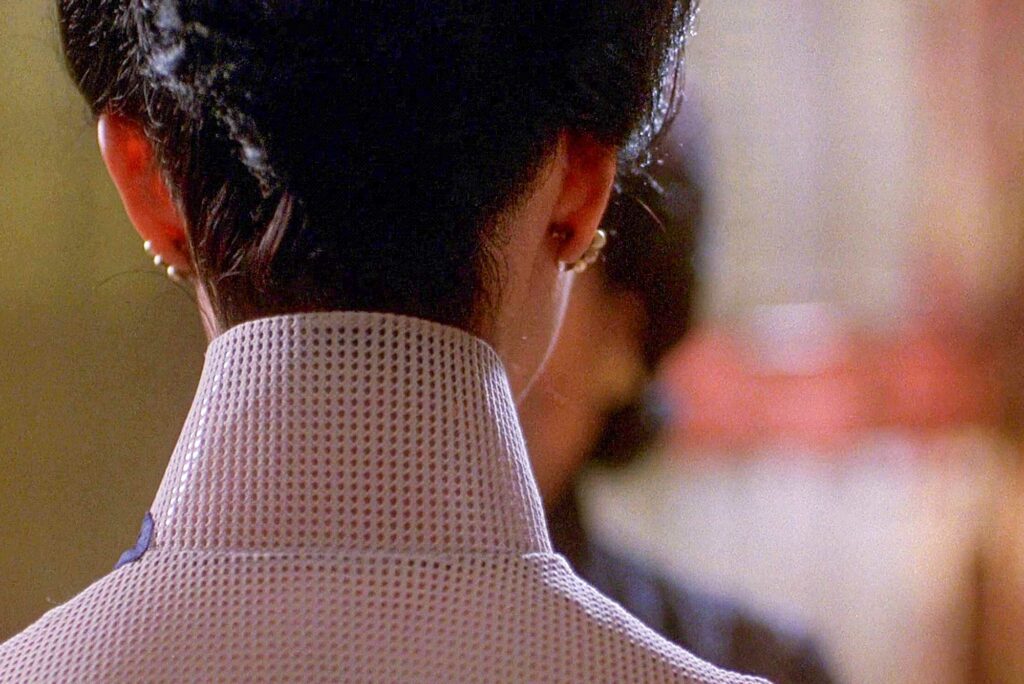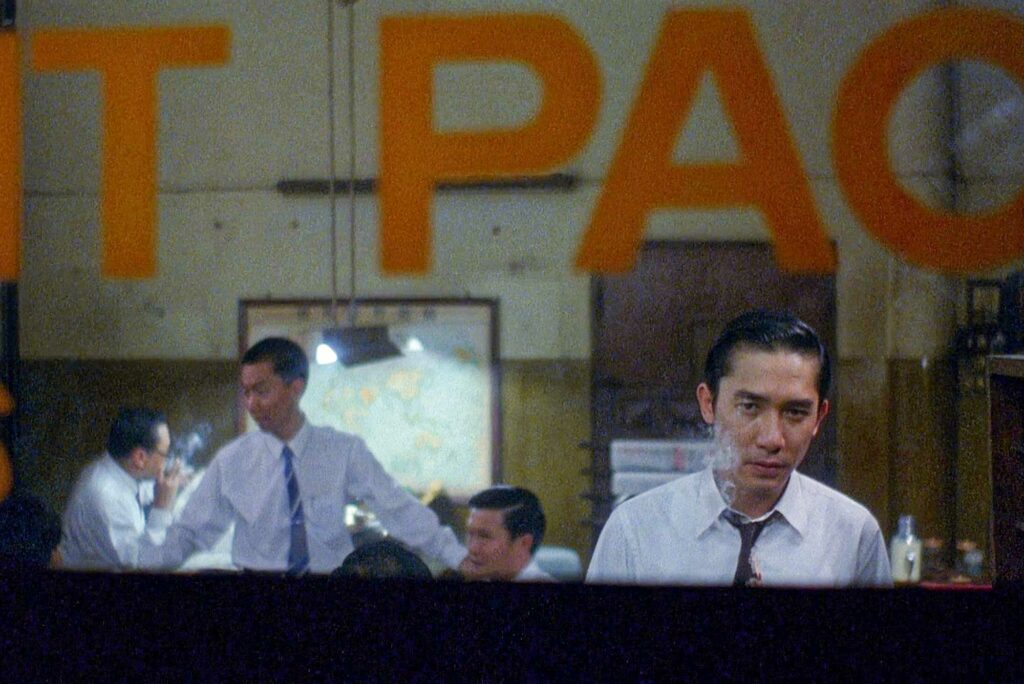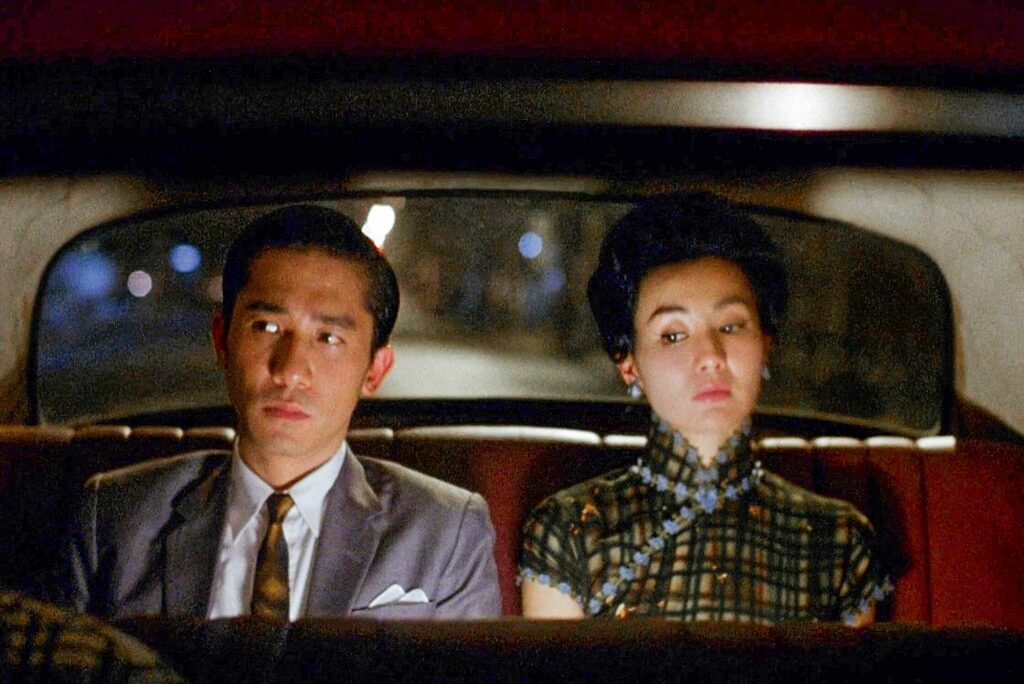Words by NEAL PURVIS and ROBERT WADE
Screenwriters for seven 007 films, Robert Wade and Neal Purvis, consider the ‘proto-James Bond’ of Cary Grant’s gentleman spy in Hitchcock’s perfect cocktail of an espionage thriller.
HITCHCOCK’S BOND: NORTH BY NORTHWEST (1959)
A great movie with a nonsensical title (there is no such official point on the compass). Most films you can rewatch with ease, dipping in and out. But with some, wherever you come in, you’re captured. You just have to stay for the next bit. And then the next. North by Northwest is precisely that movie.
The screenplay is terrific; lean and smart, with almost every character trading in understated but tack-sharp wit. Ernest Lehman wrote it when he and Hitchcock were blocked on another screenplay, The Wreck of the Mary Deare, for MGM. (As screenwriters, we know the feeling.)
Hitch had an itch he wanted to scratch – the image of someone hiding in Lincoln’s nose on Mount Rushmore, revealing themselves to their pursuers with a sneeze. Cute. It would be fun to think a whole movie grew out of that one idea, but in truth Lehman took some sketchy story bones Hitchcock had bought years before from a journalist at the New York Herald Tribune and conjured them into a bit of nonsense that made perfect sense.

The most exquisite part is the premise of the FBI inventing a fictional master-spy in order to take suspicion off a real spy in play – and an innocent being mistaken for this non-existent person.
But living up to such a clever premise is not easy, and Lehman had a nightmarish journey, writing as they filmed, not knowing how the next part would resolve – exactly like the experience of Cary Grant’s Roger Thornhill in the movie. Perhaps that’s why it’s so compelling?
And perhaps that is the reason this film unites us two in admiration – because in writing seven James Bond films (for which North by Northwest is arguably the template) we’ve had a very similar experience. What happens next? How the hell do we get him out of this pickle? How do we make the next pickle bigger?
The character of Roger Thornhill is in so many ways the proto James Bond. Debonair, urbane, well-tailored, his casual air and ease with women marks him out as special – even if in this he is playing an ‘ordinary’ advertising guy. Thornhill is mistaken for a government agent named George Kaplan. Pursued by foreign spies across America, he navigates dangerous situations – from a deadly crop duster attack to a suspenseful climax atop Mount Rushmore – while uncovering layers of espionage and deception. Along the way, he falls for the mysterious Eve Kendall (Eva Marie Saint), whose loyalties remain unclear until the film’s thrilling conclusion when she is revealed as a double agent. Ultimately, Thornhill transforms from an innocent victim into a resourceful hero, cleverly outwitting his pursuers.

One of the two James Bond producers, Cubby Broccoli, was a good friend of Cary Grant. In 1959, the year North by Northwest came out, Cubby asked Cary to be his best man – which Grant accepted. As Cubby then readied the first Bond movie, he asked Cary to play the lead – which he rejected. At 57, he was undoubtedly right to do that. He was already the age that Roger Moore would eventually retire from the role. Cary Grant’s given reason was he didn’t want a multi-movie deal.
But who could possibly have imagined that Dr No would spawn such a bullet-proof multi-movie series, a franchise, a genre, that’s still around more than 60 years later?
There’s no doubting the Bond franchise was heavily influenced by North by Northwest, though Hitchcock could well have been influenced himself by the Ian Fleming novels. Whatever, Fleming was a fan of Hitchcock and through his friend, the superb novelist Eric Ambler, asked if Hitchcock would direct the first James Bond film. His exact reply is not known – but the fact is… Hitch had already made his Bond movie.

The comparisons are obvious. The extravagant title sequence courtesy of Saul Bass’ striking graphics, the villains, the girl, the espionage, the suspense, the witty lines, the gorgeous locations, the action, the sturdy soundtrack. The very look of Sean Connery even bears comparison with Cary Grant: the tan, the hair, the suits.
Dr No (1962) was filmed on a fairly small budget but the bigger-budget From Russia with Love (1963) was more clearly influenced by North by Northwest. Particularly the way it ‘homaged’ the crop duster action scene with its helicopter chase of Connery, using very similar shots to the plane chase.
And as fans 45 years later, when writing Casino Royale (also written with Paul Haggis), we dared to homage the train scene between Cary Grant and Eva Marie Saint, aiming to capture some of their playful, sexually charged tone – with a tenser, competitive dynamic to the verbal sparring, reflecting the buried vulnerabilities of Bond (Daniel Craig) and Vesper (Eva Green). (It turned out this relationship became central to the arc of all of Craig’s Bond films).
Terence Young, who directed the early Bond films, admitted Hitchcock’s profound influence on his approach to Bond. And North by Northwest isn’t the only one in the mould. Neil Jordan believes Hitchcock’s Foreign Correspondent (1940) was the first Bond film, but we think you could go further back to The 39 Steps (1935), where Hitchcock altered the John Buchan book to include a new female character played by Madeleine Caroll, who is reluctantly forced on the run with Robert Donat by being handcuffed to him. Perhaps the earliest example of a Bond girl? Then there’s Notorious (1946) and To Catch a Thief (1955) – other movies with twists, glamour and espionage.

But it is North by Northwest that perfected the cocktail.
It has been analysed to death. “I am but mad north-north-west. When the wind is southerly, I know a hawk from a handsaw,” speaketh Hamlet. Perhaps the films title references the confusing, blurred reality Hamlet was experiencing. So maybe not such a meaningless title after all? Then there’s the Freudian analysis, the Oedipal aspect of Thornhill’s relationship with his mother, the patriarchal symbolism of Mount Rushmore, and much more.
But what makes us keep watching is Hitchcock’s pulsating filmmaking; cinematography, dialogue, music, acting, narrative – all coalesce into the perfect entertainment vehicle, commanding our attention as we move forward from sequence to sequence. Even the corny aspects of the film (such as the back projection) acquire a fetishistic ‘rightness’. The suit, with its high-waisted trousers, is mesmerising. When Cary Grant calls housekeeping to have it sponged, a whole lost world is evoked. But of course it’s a brilliant plot device, to deprive our hero of dignity and agency (no trousers). Thornhill is both ‘other’ – who would think of having their suit ‘sponged’ – and disarming and relatable (he’s left in his underpants). The overall effect is that you just can’t stop watching Cary Grant as Roger Thornhill. Just like James Bond.

Obviously the marriage of Cary Grant and Hitchcock was made in heaven, but this final blossoming may have come about for a rather unglamorous reason. When making Rear Window (1954) on a colossal set at Paramount, the studio simply didn’t have enough lights available, and ended up borrowing equipment from MGM in return for… Cary Grant.
Somehow that seems perfect.
And finally – and this will not go down well with any top directors reading it – despite the great Bernard Herrmann score to Vertigo, North by Northwest is the superior film. For all the symbolism in Vertigo, you really can’t top the train going into the tunnel at the end.
All images © Metro-Goldwyn-Mayer
North by Northwest (1959), Metro-Goldwyn-Mayer, directed by Alfred Hitchcock, starring Cary Grant, Eva Marie Saint and James Mason. Available on Apple TV




